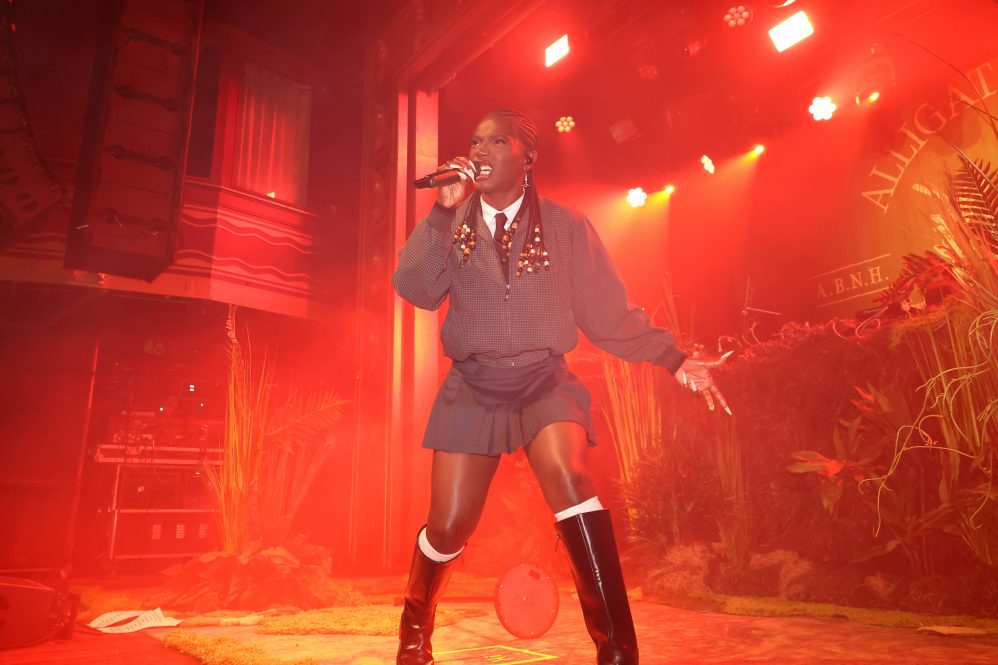Editor’s Note: The following article by Board of Trustees Distinguished Professor Sandra Chafouleas originally appeared in Psychology Today.
KEY POINTS
- Doechii’s “Anxiety” nails both the physical and mental symptoms of anxiety.
- The song guides us to notice anxious thoughts as “passing through.”
- Multiple coping options exist: observe thoughts, avoid judgment, calm body, and connect with others.
- Families can use the song to talk about anxiety and healthy coping options.
Doechii’s “Anxiety” is bigger than pulsating rhythms and unflinching lyrics. In a year thus far dominated with uncertainty, it represents more than popular music. It captures how many of us feel right now. When it pops into our playlists, we might wonder: was the timing of release planned or coincidental? Doechii has nailed it, tapping into our shared whole-body experience.
The song and accompanying video work so well in showing exactly how anxiety feels in our bodies and minds. When Doechii sings, “Breathing shallow, mind won’t settle / Tomorrow’s problems here today”, she is describing the hallmark features of anxiety. Think about quick and short breaths, racing thoughts, and worrying about things that haven’t happened yet. Anxiety feels like “Anxiety” sounds, with brilliant mirroring of how the experience can hijack us.
Doechii does more than describe the symptoms of anxiety. In the middle, she attempts to shift perspective: “Notice it, name it, watch it go / It’s not you, it’s just passing through.” This part shows us the beginnings of how to escape from anxiety’s hold. Emotion science tells us that we can learn to observe our thoughts rather than be consumed by them. This awareness, for example, can be found in the core elements of approaches like mindfulness-based cognitive therapy or acceptance and commitment therapy. For listeners of the song, this reframing can begin to open multiple pathways for healthy responding to anxiety. We need different options as a single approach doesn’t work for each person or across every situation.
Here are some examples to explore:
- Recognize thoughts as just thoughts: When we view a worried thought as “just anxiety talking,” we can acknowledge the intrusion without it taking over how we define who we are or what we do.
- Just notice without judging: When we observe our thoughts, feelings or sensations without labeling, we can create space to be less reactive to anxiety.
- Use our bodies to calm down: When we are anxious, we experience sensations in our body like tight muscles or shallow breathing. We can do deep breathing, relax our muscles, or move our bodies to feel better.
- Connect with others: When we feel alone in holding our anxious feelings, we can reach out with someone we trust to remind us that we are not alone. Sharing with others can help us as well as the other person.
Helping Our Kids Handle Anxiety
For parents, Doechii’s song also could open doors to talking about anxiety with our kids, especially our teens. When our kids are feeling mixed up inside, hearing a parent say, “I totally get this song – sometimes I feel just like it” could help. When we share our own worries while talking through healthy coping options, we teach important life skills. This doesn’t mean that we should dump adult problems on our kids. It’s about showing kids how to acknowledge and work through those tough feelings like tension or worried thoughts.



